TW: Body Dysmorphia, Misogyny, Sexual Harassment
Like all modern societal phenomenons, it started with a meme. This one highlighted that when there’s a mom in a Pixar film, she is almost without fail given striking curves that highlight the bottom half of her body following a minuscule waist. From Elastigirl to the skeletal Mama Imelda, the animation giant’s artists seem to have a fixation on making exaggeratedly curvy maternal characters. It could possibly be argued as body-positive by having some non-skinny bodies on-screen — and occasionally that is actually the case, like with Laurel Lightfoot in Onward and Dorothea Williams in Soul. More often than not, though, the mothers in the Pixar universe are given these outrageously proportioned bodies that are so far from most women’s physical realities. In addition to being completely inaccurate, it further sexualizes these strong female characters and reduces them to their physical attributes in ways their male counterparts seldom experience. Pixar men have the luxury of diverse and realistic physical attributes from balding to beer bellies to scrawniness alike. This mother-specific trope reached an irredeemable peak in 2016’s Inner Workings – aka the short film released before the most revolutionary Disney princess to date, Moana. Un-shockingly directed, written, and produced by all men, the animation of the film gives each female character a gratuitous behind and the smallest of waists.
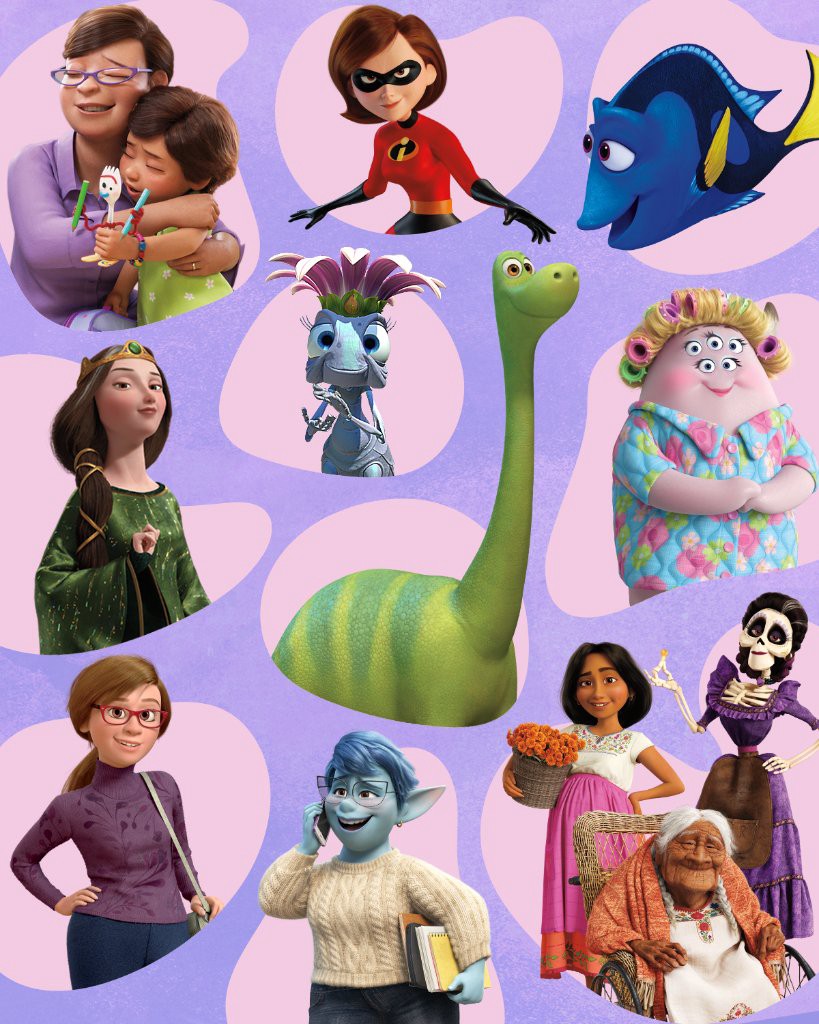
Sit Still, Look Pretty
What over-proportioned women have to do with the plot is beyond me. The dialogue-less short film follows a regimented young man on his way to work and his decision to prioritize having fun at the beach instead of being stuck in his brick-in-the-wall job. In the end, he takes half the day off, turns his workplace into a disco… and then everyone is partying while working? The true uniqueness of it comes through the anthropomorphic organs of the main character where the brain and heart fight over control of his fate. The moral of this film, I gather, is to have fun and not get stuck in a dead-end job – as if people can help that with the structural barriers that keep most from the necessities needed to achieve their dream.
Besides the generic messaging of “follow your heart”, it also advertises a grossly over-sexualized image of femininity with the design of the love interest. The young woman, pictured below, is given a large posterior and the smallest waist to be seen yet on a Pixar character (even skinnier than the skeletal great-great-grandmother in Coco). She does have some sort of career aspiration, namely selling sunglasses at a kiosk, but she only laughs and smiles and has no real depth beyond being a possible romance for the main character. If anything, she acts as a reward for his learning how to loosen up. She gets more of a storyline in the credits, where three still images show the new couple falling in love, on a bicycle together, and having two children. The only “positive” views of her seen in the entire short are that she’s the only female “character” (though barely that) and in the last picture she appears to have stretch marks on her thighs (though it could be a glint of water). Basically, this character assumes a hyper-feminine archetype where her only roles are to be pretty/ideal for the male gaze, be silent, and engage in nuclear family norms as both mother and lover. Even the women in the background all (literally all) have a similar fictiously inflated body type. Whether they’re sitting at the café or in the out-of-focus background, a point is made of them being there and visible as part of an alluring aesthetic.
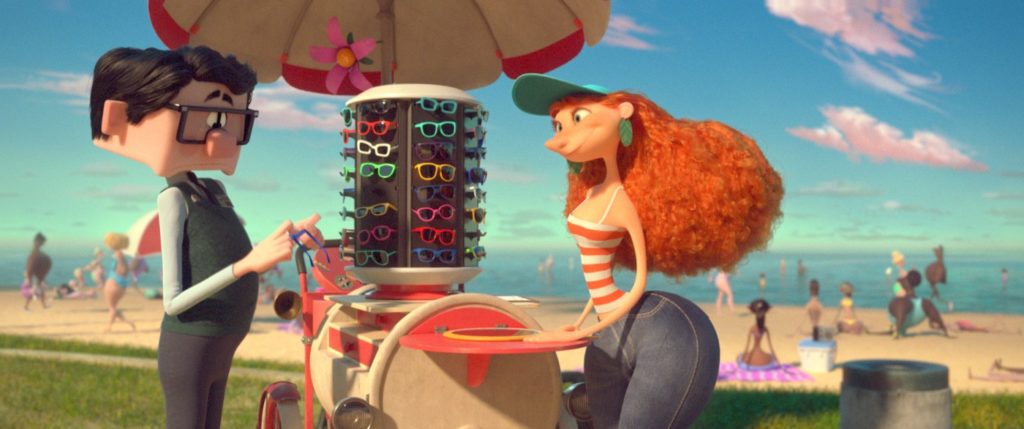
Undermining Moana
What is the importance of observing this trendy innuendo and talking about an obscure 6-minute film? It speaks to a larger issue of the over aestheticization of women’s bodies in media, which results in misrepresentations of said bodies, and, in turn, the internalization of this unrealistic standard by society. This most likely stems from the lack of female animators being able to make executive decisions that, if there, would have prevented these issues. Evident in the credits of Inner Workings, you can read that more prominent and creative positions were given to men. For assistant and technical jobs, there were women interspersed and also found occasionally in grouped crediting where they worked alongside almost entirely men in their department. Essentially, women’s voices were completely drowned out in the production of this film and the objectification of women’s bodies is the biggest indicator of it. This fact is especially poignant when the feature it screened with was Moana, which was meant to highlight a new type of Disney princess who was psychically strong, a sailor, not overly sexualized, diverse, smart, and the chief of her tribe. So, if all Inner Workings has to say about women is that they’re pretty, how did executives not notice that the short completely undermines Moana’s crucial message?
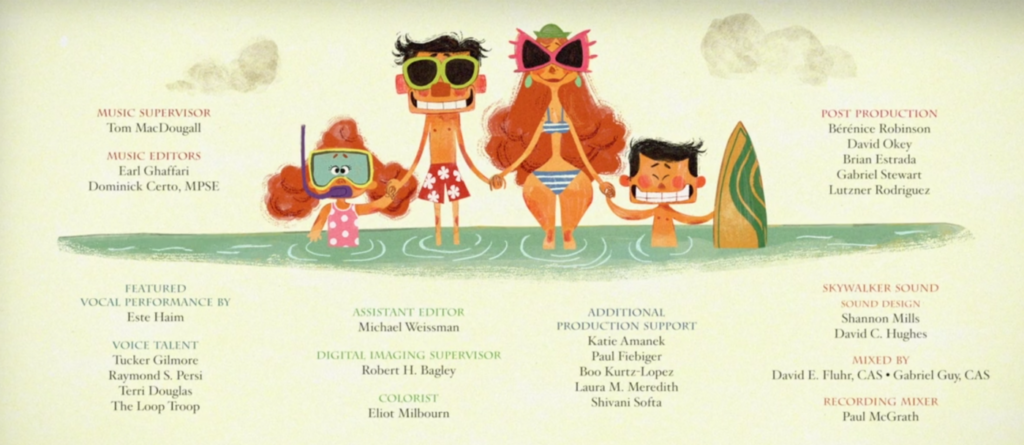
Enabling Environment
Like I said previously, it comes to the lack of women and diverse voices that are allowed in the room where it happens. Historically, women have often be relegated to the lowly and repetitive work of “inking and painting” in animation without receiving any credit. Pixar, still though, has a major problem with that despite the wholesome and diverse front it tries to put on or the beloved feminist characters it animates. During the #metoo movement, around the same time the short came out, many female animators were coming forward about how uncomfortable the working environment in Pixar is and how studio head John Lasseter sexually harassed multiple female co-workers. Though he left Pixar in 2018 (and is now the studio head at Skydance Animation), sexualization and objectification of female characters still persists, and the studio has only had one feature film, Brave, that was directed by a woman since then (Domee Shi from Bao is confirmed to direct a full-length film for 2022 fortunately). In 2017, it was calculated of the 109 major writing credits across all Pixar films only 11 have gone to women OR people of color. White men are still getting priority for higher roles in Pixar films, even in stories about diversity like with Soul and Incredibles 2.
Conclusions
In a world where society is constantly aimed against bodies that don’t fit beauty standards, the “thicc Pixar mom” is just another way for women to be misrepresented and further make their reality invisible. No one has to look at Woody and feel ashamed they can’t look like him, though Little Bo Peep is a different story. Five years later, the trend still continues as seen in Coco, Onward, and Toy Story 4. How can one of the most popular outlets for children’s media empower girls when the creators are more focused on sexualizing the women they’ll become than telling varied stories about or even just including women? A former employee noted:
You were there in your place, being a girl… It minimized your point of view. There’s a reason that more women haven’t been creatively successful there.
So, if Pixar really does care about prioritizing women’s voices, then maybe they should re-evaluate how they’re drawing women and maybe consult (or hire) some on how to do better.
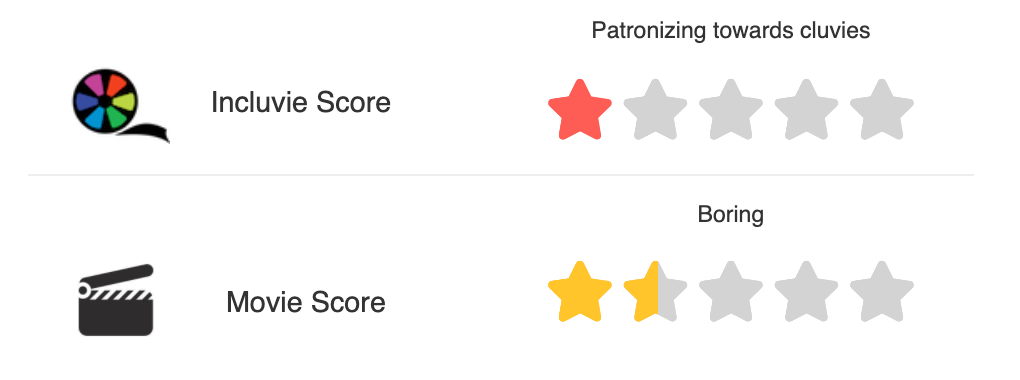
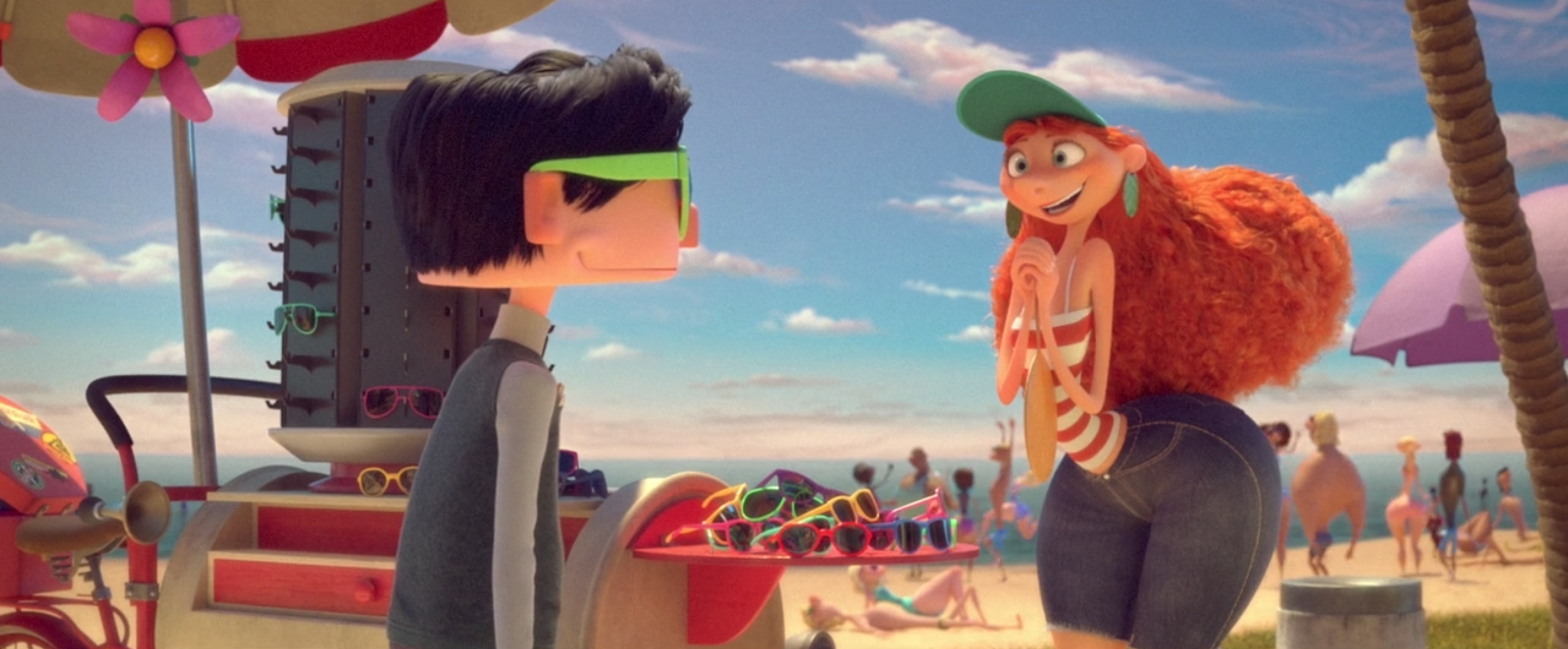
Comments